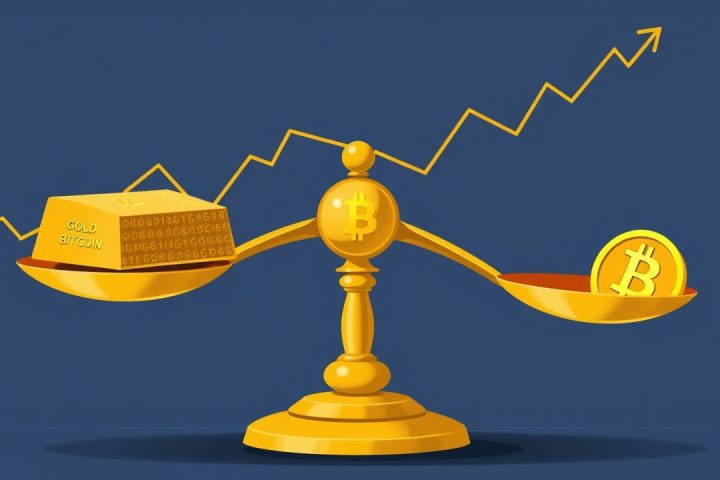Challenges in the Stablecoin Landscape
The stablecoin landscape has faced significant challenges following the 2022 failure of TerraUSD (UST), an algorithmic stablecoin that lacked backing by traditional assets. Consequently, the appeal of algorithmic coins has declined sharply. In contrast, fiat-backed alternatives like Tether (USDT), USD Coin (USDC), and USD 1 have gained traction, primarily due to their ties to assets with high liquidity, including U.S. dollars and Treasury securities. However, concerns about the compliance and operational transparency of these fiat-anchored stablecoins remain prevalent.
Introduction of the GENIUS Act
In light of these issues, the U.S. government is championing the GENIUS Act, which aims to establish a robust regulatory framework for the stablecoin sector. This legislation is pivotal for guiding stablecoin operations, as it outlines strict conditions around issuance qualifications, mandated reserves, compliance scrutiny, and consumer protections.
Key Measures Proposed by the GENIUS Act
The key measures proposed by the GENIUS Act involve several pivotal areas:
- Regulatory Licensing: To issue payment stablecoins, an entity must be a bank subsidiary, a federally supervised non-bank financial institution, or a state-licensed issuer aligned with federal standards. A dual supervision system is outlined, imposing federal oversight on issuers exceeding a market capitalization of $10 billion, while smaller ones will be state-regulated against standardized federal principles.
- Reserve Requirements: The legislation mandates that all stablecoins be 100% backed by reserves, using only highly liquid assets such as cash and short-term governmental securities to ensure liquidity. Issuers are also required to maintain strict segregation between customer assets and operational funds.
- Transparency and Auditing: Monthly disclosures about the reserve composition are essential, and independent audits by certified firms are compulsory. For corporations with market caps above $50 billion, these audits will be even more rigorous, involving executive certification to mitigate misrepresentation.
- AML Compliance: As recognized financial entities, stablecoin issuers must implement systems for monitoring transactions and reporting suspicious activities, conforming to Anti-Money Laundering (AML) protocols.
- International Standards: Foreign stablecoin entities must meet U.S. regulatory standards to operate within the country, while tech giants potentially issuing stablecoins must adhere to regulations aimed at preventing monopolistic behaviors and ensuring equitable competitive practices.
- Consumer Rights: Users of stablecoins will retain priority for repayment in case of issuer insolvency, and current legislation prohibits certain government officials from engaging in stablecoin issuance during their tenure.
Impact of the GENIUS Act
Overall, while the GENIUS Act heightens the regulatory expectations for current and future stablecoin issuers, it significantly enhances consumer protections and market integrity, albeit imposing an operational burden on existing market players to adapt to new compliance structures.
Legislative Journey
The legislative journey of the GENIUS Act has made strides, with the bill passing initial debates with a 69-31 vote. If momentum persists, it may see finalization in the legislative process by the end of 2024, reflecting a bipartisan effort to establish consistent regulations for digital assets.
Emergence of USD 1
A notable entrant in this shifting landscape is USD 1, a stablecoin spearheaded by World Liberty Financial Inc. (WLFI), associated with figures from the Trump lineage. Launched in March 2025, USD 1 aims to maintain a 1:1 peg to the U.S. dollar, fully leveraging short-term Treasury reserves and cash equivalents.
Despite sharing foundational attributes with competitors like USDT and USDC, USD 1 capitalizes on its political connections and regulatory compliance, which, arguably bolstered by its association with the Trump family, has fostered market confidence. As of May 2025, USD 1’s market capitalization surpassed $2.1 billion, marking it as the seventh largest stablecoin and highlighting its strategic partnerships and investment applications in notable sectors.




